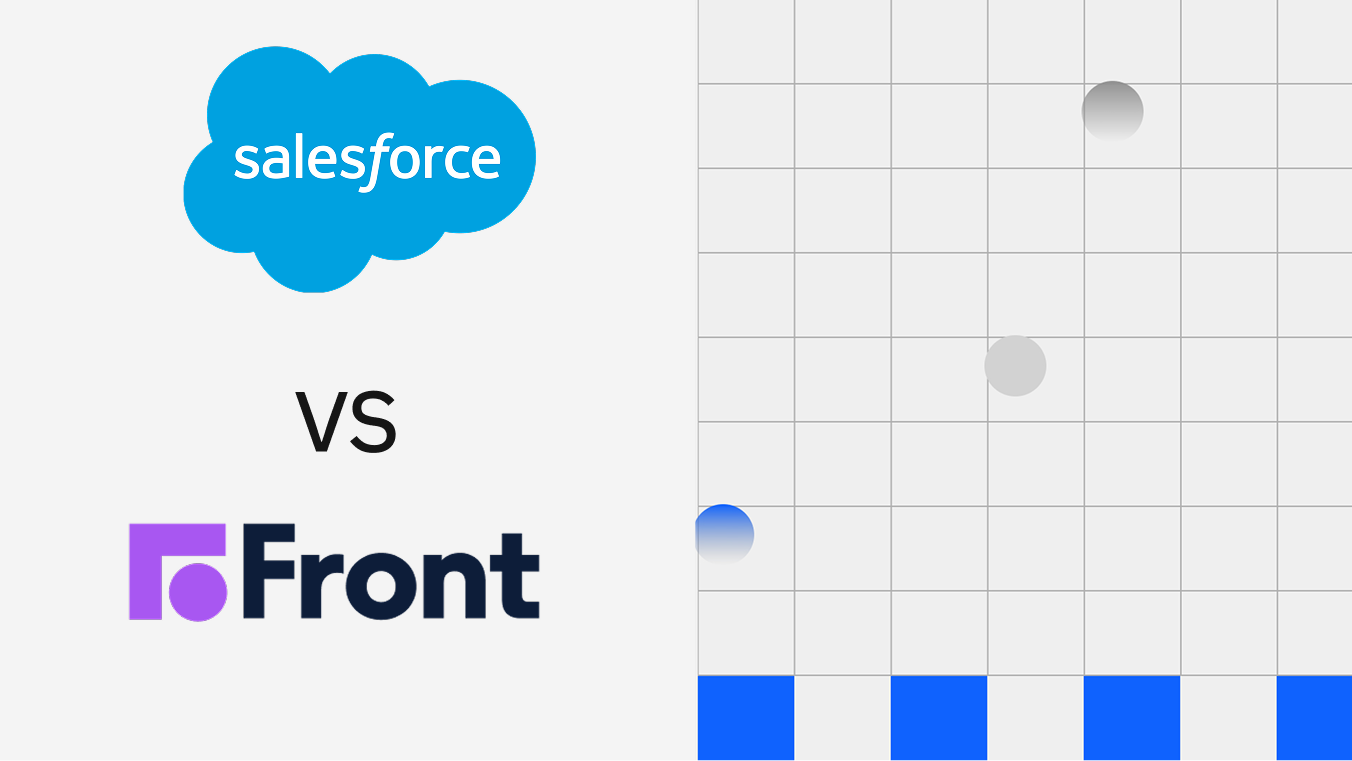

Salesforce vs Front CRM: explore collaboration, automation, and visibility. Salesforce dominates with enterprise scalability and advanced analytics, while Front excels in real-time collaboration, shared inbox management, and team transparency.
Learn which CRM fits your workflow and how to integrate both for seamless data alignment.
Salesforce and Front represent two different approaches to managing customer relationships. Salesforce is a robust CRM for sales, marketing, and service automation, while Front is a collaborative communication platform that centralizes conversations and CRM data.
Comparing them helps determine whether you need enterprise-level CRM functionality (Salesforce) or team-based communication and collaboration (Front).
Salesforce CRM empowers organizations to manage every stage of the customer journey. With AI-driven insights, automation, and deep integrations, it’s ideal for enterprises seeking to align marketing, sales, and service under one scalable system.
Front CRM turns your shared inbox into a collaborative hub. Teams can manage emails, chats, and messages in one place while automating responses and assigning ownership. It’s perfect for support, account management, and operations teams that rely on fast, coordinated communication.
